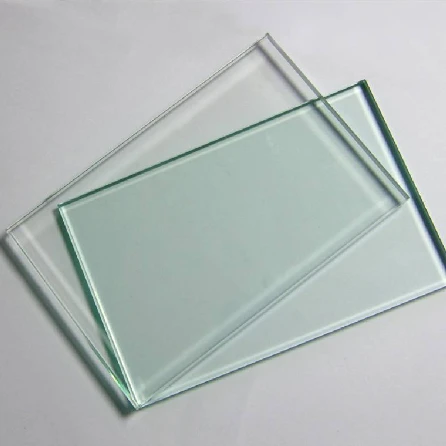

Understanding Mirror Glass Prices Factors and Considerations
When it comes to home decor and architecture, mirror glass plays a pivotal role in enhancing aesthetics and creating an illusion of space. Whether used in bathrooms, living rooms, or commercial spaces, mirror glass comes in various forms, styles, and finishes, each with varying price points. Understanding the factors that influence mirror glass prices can help consumers make informed purchasing decisions.
One of the primary factors affecting the price of mirror glass is the type of glass used. Standard mirror glass, which is typically a smooth surface coated with a reflective material, is generally the most affordable option. However, specialty mirrors such as antique mirrors, one-way mirrors, or tinted mirrors can command higher prices. For example, antique mirror glass is often priced for its vintage appeal and craftsmanship, resulting in costs that can be significantly higher than standard options.
The thickness of the glass also plays a crucial role in pricing. Thicker mirrors are not only more durable but also tend to provide better reflection quality. While standard mirror glass can be as thin as 1/8 inch, premium options can reach 1/4 inch or more. The added manufacturing processes required for thicker glass contributes to the price hike. Consumers need to weigh the benefits of durability and aesthetics against cost when selecting mirror glass for their projects.
Manufacturing techniques also contribute to the price differentials in mirror glass. Some mirrors are produced using more advanced technologies that reduce production costs and increase quality. For instance, low-iron glass mirrors offer higher clarity and less green tint compared to standard mirrors, which is particularly important in design-oriented settings. Although low-iron options are more expensive, they present a significant upgrade in terms of appearance and aesthetic appeal.

Additionally, the size and customizability of mirrors affect their prices significantly. Standard-sized mirrors, often available at retail stores, typically come at lower prices due to mass production. Conversely, custom mirrors, which can be designed to fit specific spaces and dimensions, carry a premium. Customization options include unique shapes, elaborate frames, and special coatings, further contributing to the overall cost. For bespoke projects, it’s essential to account for both the material and labor involved in the custom fabrication of mirror glass.
Moreover, the market plays a crucial role in determining the prices of mirror glass. Supply chain dynamics, demand fluctuations, and economic conditions can significantly influence overall costs. For instance, during periods of heightened demand, such as the home improvement surge observed during the pandemic, prices can rise due to increased consumer interest and limited availability of products. Additionally, market trends, such as the popularity of specific styles or eco-friendly products, can also impact pricing. Consumers should be aware of these factors when shopping for mirror glass, as a better understanding of market trends can lead to better purchasing choices.
When considering the purchase of mirror glass, it’s beneficial to seek out reputable suppliers who offer competitive pricing. Comparing prices across different retailers or manufacturers can help identify the best value without compromising on quality. Online reviews and recommendations can provide insights into both product satisfaction and supplier credibility.
In conclusion, mirror glass prices vary widely based on several factors, including the type of glass, thickness, manufacturing techniques, size, customization, and market dynamics. By understanding these elements, consumers can make educated decisions that align with their aesthetic desires and budget constraints. Whether for functional use or purely decorative purposes, investing in the right mirror glass can transform a space, making it both beautiful and inviting.